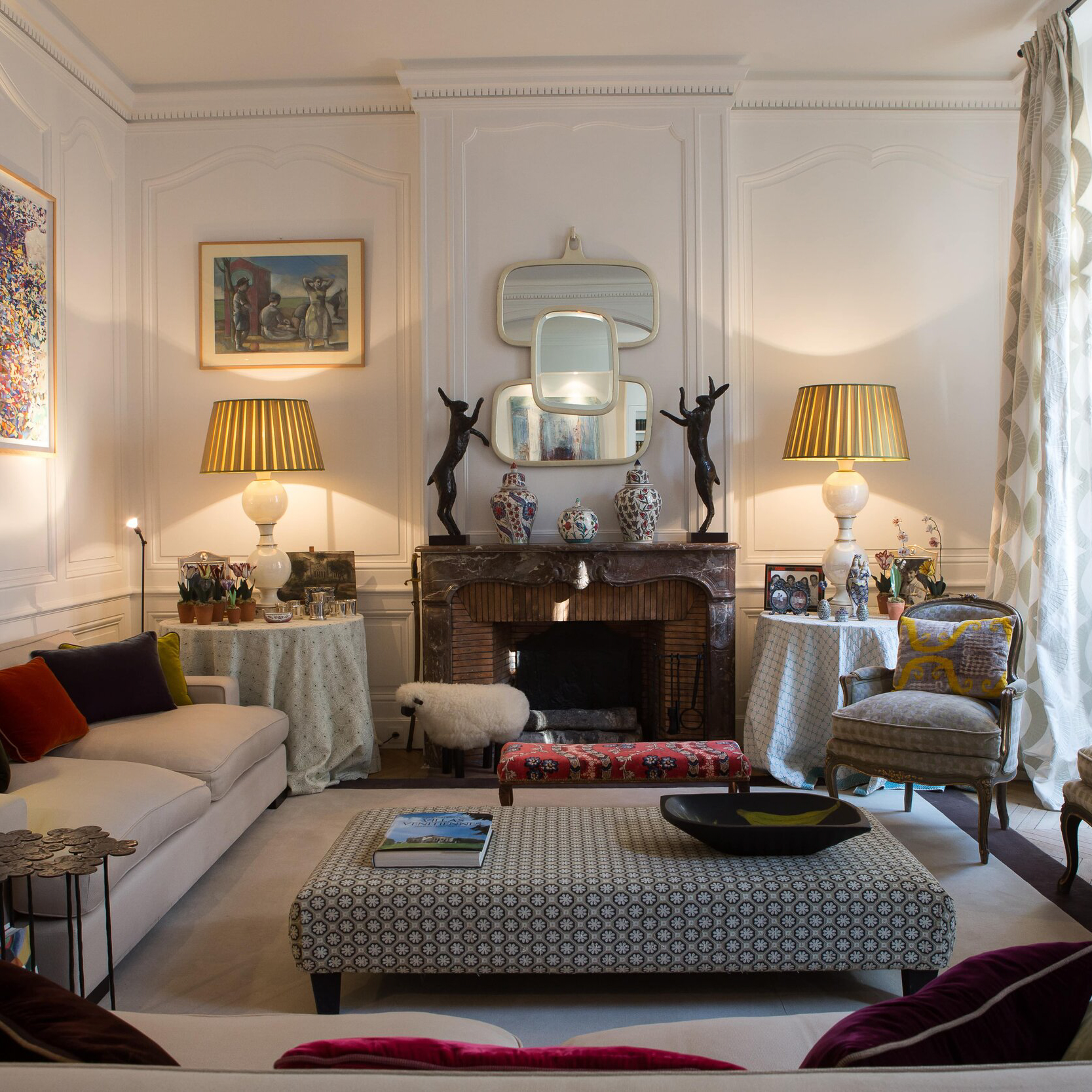Lampe Gras 206 is more than just a lamp – it is a classic design icon that has stood the test of time. Designed by French engineer Bernard-Albin Gras in 1921, this versatile and functional lamp has remained one of the most popular and influential designs of the 20th century.
The Birth of Lampe Gras 206
Bernard-Albin Gras was a renowned engineer, who had a keen interest in the design and mechanics of lighting. In 1921, he designed the first Lampe Gras 206 model, which was meant to be an industrial lighting fixture. The lamp was initially used in offices, workshops, and factories, and its popularity grew quickly.
One of the reasons for the lamp’s success was its versatility. The Lampe Gras 206 was adjustable, with a flexible arm that could rotate and bend to various angles, making it easy to direct the light where it was needed. It was also compact and easy to move, making it ideal for industrial spaces where light needed to be moved around frequently.
The Evolution of Lampe Gras 206
Over the years, the Lampe Gras 206 lamp evolved, with Gras making several adjustments to its design to make it more functional and user-friendly. The lamp became more efficient, with a minimalist design that emphasized function over form.
In 1927, Gras started to produce Lampe Gras 206 lamps for home use, which was a significant departure from its original industrial purpose. The lamp’s clean lines and straightforward design made it popular among architects, designers, and artists, and by the 1930s, it was being used in homes and creative spaces all over Europe.
Lampe Gras 206 Today
Today, Lampe Gras 206 remains a popular lighting fixture among designers, architects, and creatives worldwide. Its simple, iconic design has inspired numerous imitations and knockoffs, but the original Lampe Gras 206 remains the most sought-after and classic version.
Lampe Gras 206 lamps can be found in many museums worldwide, including the Centre Georges Pompidou in Paris and the Museum of Modern Art in New York. The lamp’s design is so iconic that it has become synonymous with French design and architecture.

